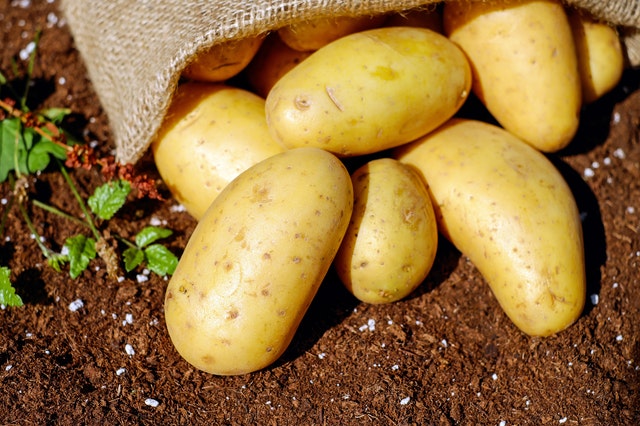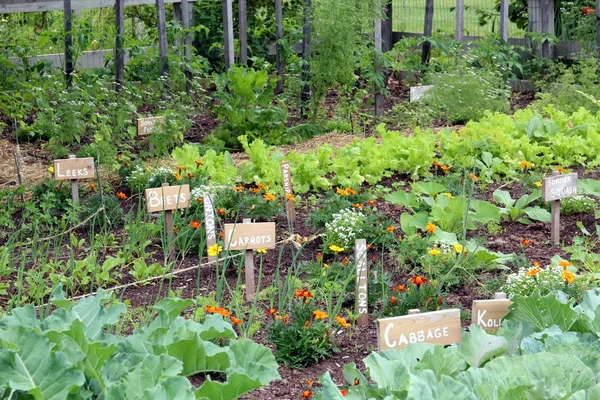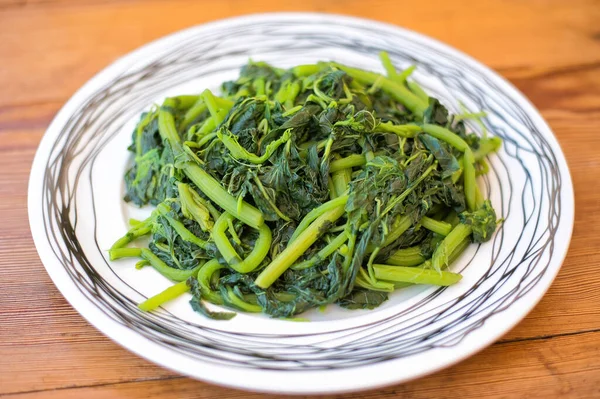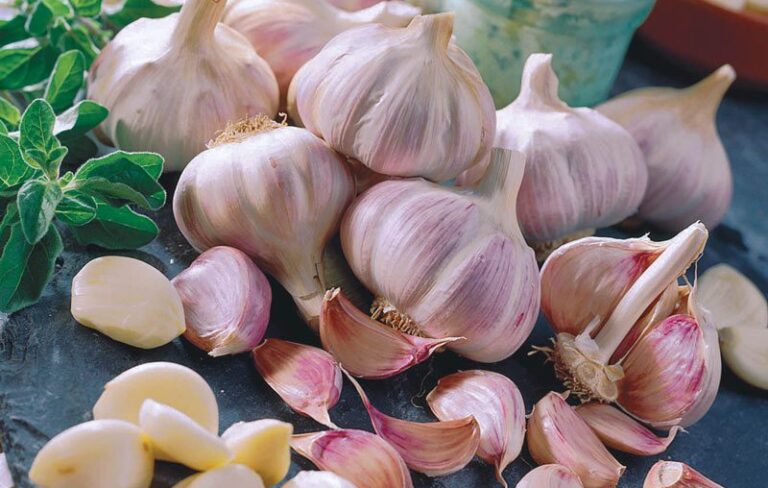How do you grow potatoes step by step ? This post explores how you can grow high quality Irish potatoes for international market like the KFC. Besides, it is a guide for how you can double potato yield per acre in Kenya without additional investment.
In January 2022, KFC, a multinational high end hotel franchise in Kenya promised to source potatoes from the domestic market. Since its entrance in Kenya’s Market, KFC does not procure potato in the domestic market for they do not meet international food safety standards.
Key facts about potato sector in Kenya
Irish Potatoes is the 2nd staple food in Kenya after maize and the third in the world
- Grown by around 0.8 million households/ farmers
- Employs 2 million people.
- Annual Domestic supply; 1.5 million tons
- Annual domestic demand; 2.5 million tons
Challenges facing potatoes farming in Kenya.
Kenya faces an acute shortage for potatoes. As a result, most potato processors, hotels, and restaurants rely on imports from Egypt and South Africa.
The average potato yield in Kenya is 6-10 tons/ha. In comparison its 25 tons/ha in Egypt and 35 tons in South Africa. Low yields are as result of the key challenges affecting potato farmers in Kenya. According to a recent World bank study, the key reasons why your potato yields are low include.
- Farming in small farm sizes of less than 2 hectares.
- Poor farming practices like repeated cultivation of potato without crop rotation.
- Use of farm-saved or low-quality uncertified potato seeds
- High pest and disease build up on farms
- Inadequate knowledge of good agricultural practices leading to poor quality yields.
- Low levels of mechanization and value addition
How to grow lots of potatoes in Kenya
To produce potatoes for the export market you need to solve the above listed challenges. Your plans will ensure you produce high quality potatoes in consistent reliable quantities.
To do that, we suggest that adopt better farming practices. Most of them such as use the best fertilizer can easily double your potatoes yields per acre in Kenya. Below is how to grow potatoes step by step for higher potato yields in Kenya.
- Site selection– Selected land should not have been grown with potatoes for the last 4 seasons
- Soil analysis for nutrients, bacterial wilt and potato cyst nematodes (PCN).
- Land preparation- should be ploughed and harrowed well to level the surface and enable good uniform seed germination and uniform maturity
- Variety selection- choose the right potato variety for your chips, crisps or table needs
- Use certified seed from known seed merchants ( on-farm seeds may have deteriorated viability).
- Early planting helps in avoiding infestation by insects (aphids)
- Correct spacing use a 75cm by 30cm if using size II seed
- Fertilizer application rates – 4 bags (50kg) per acre if using DAP
- Timely crop management practices – weeding; earthing up/hilling; crop protection; water application; dehaulming
- Crop protection – use the the right protective fungicides at emergence and afterwards spraying every week with recommended fungicides
- Timely Harvesting done when the crop is physiologically mature/foliage begin to turn yellow
- Cold Storage – store in Diffuses light stores (DLS) after harvesting, sorting, grading, curing and cleaning if for seed and in ware store if potatoes for eating
How to improve potatoes yields
In addition to the above 12 steps, here are four tips to improve potato yields if you are in commercial farming. They will reduce your cost while at the same time giving you high quality yields you can sell at a premium price. The five recommendations for you are; commercial production, large scale production,
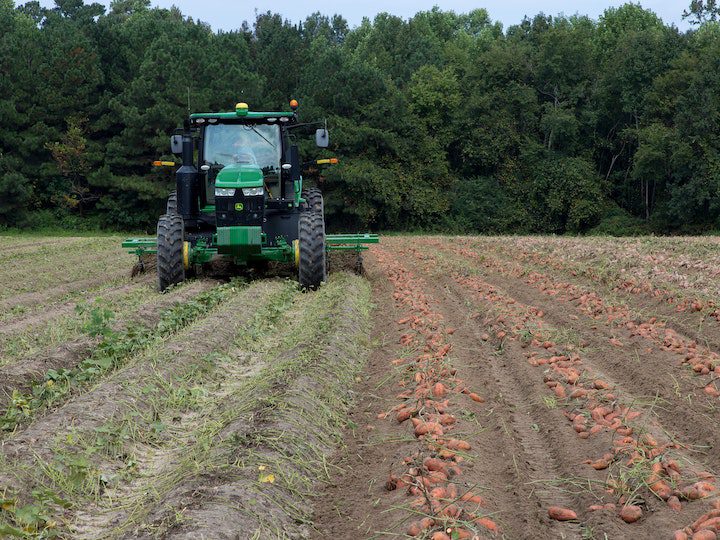
Commercial potato farming
Shift your potato farming from subsistence production and “grow to sell.” As a “kilimo biashara” project, you will focus on reducing your cost of production while seeking the best-selling prices for your potato harvest. To do this, observe following tips on your potato farm.
Precise crop management and financial planning to strategize for cash needs, fertilizers, pesticides, and labor. The following post will guide you on determining costs and revenues for potato growing in Kenya.
Plant high yielding potato varieties that are suitable for making chips. The Dutch and Irish varieties can yield 40-60 tons/ha. You can get certified potato seeds from Agrico EA, Molo ADC, or other potato seeds companies.
Large scale Potato production
Large volume potato buyers require consistent quality and quantity volumes from their sellers. You can do it by investing in large scale farming or modern technology like hydroponics potato growing. You can buy, hire, or lease a large potato farm in a high potato producing county like Meru, Nakuru or Nyandarua.
An alternative is to mobilize many small-scale potato farmers into a farming cooperatives. Consider contract farming engagements to lock prices and get your farmers supplied with quality seeds and farm inputs.
Finally, invest in farm mechanization or modern farming methods like irrigation, optimal fertilizer application, and timely chemical spraying. Besides, Practice staggered planting schedule to have some potatoes you are harvesting each week.
Observe good agriculture practices (GAPS)
Companies may reject your yields if they contain high pesticides beyond the maximum residual levels. Other reasons for rejection are cosmetic reasons like small sizes.
You can observe Gaps to grow, harvest and handle potatoes that cannot cause any harm to the consumer. The practices include land preparation, use of right amounts of fertilizers and right use of pesticides, etc. Others include crop rotation to reduce build-up of pests and diseases like nematodes in the soil.
Potato Value addition
You may be quite aware that a high-end hotels like KFC use processed potatoes to make chips. Invest in value addition to increase the sales of your farm produce and reduce post-harvest food losses of the perishable tubers. The two major areas of potatoes value addition are.
- Invest in cold storage to increase the potatoes shelf life
- Invest in potato processing plant to produce processes potato products like pre-cooked chips and crisps.

